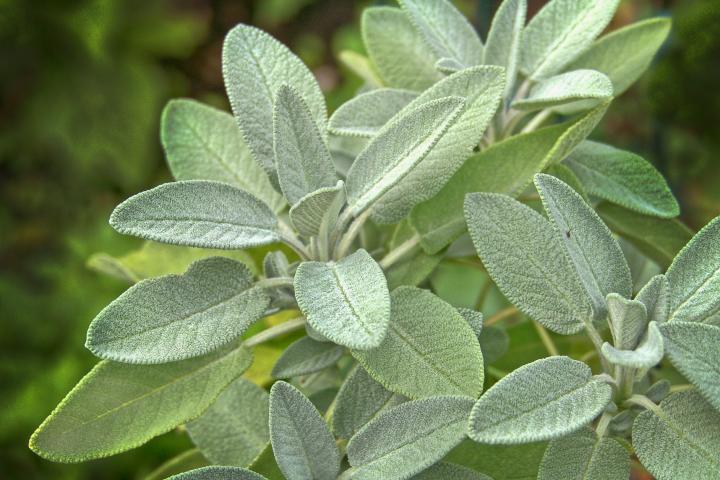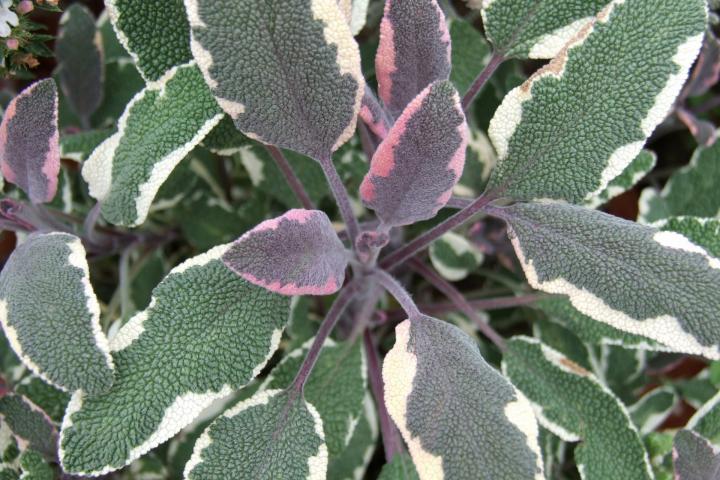| Botanical Name | Salvia officinalis |
|---|---|
| Plant Type | Herb |
| Sun Exposure | Full Sun |
| Soil Type | Loamy, Sandy |
| Soil pH | Slightly Acidic to Neutral |
| Bloom Time | Summer |
| Flower Color | Pink, Purple |
| Hardiness Zones | 4, 5, 6, 7, 8, 9, 10 |
| Special Features | Attracts Butterflies |
Sage is easy to grow—and a wonderful culinary herb that flavors meat and bean dishes (including that Thanksgiving stuffing). See how to plant, grow, and harvest sage.
Sage is a hardy perennial with pretty, grayish green leaves that like as good in a perennial border as they do in a vegetable garden. It grows spikes of spring flowers in different colors, including purple, blue, white, and pink.
Not all sage varieties are culinary; the most popular kitchen sage is called Salvia officinalis.
PLANTING:
HOW TO PLANT SAGE



